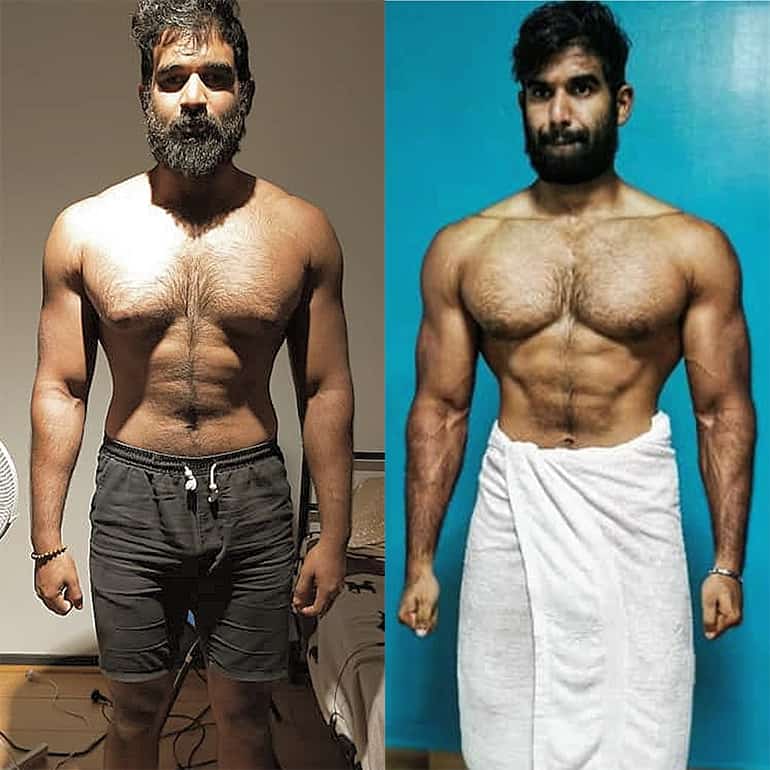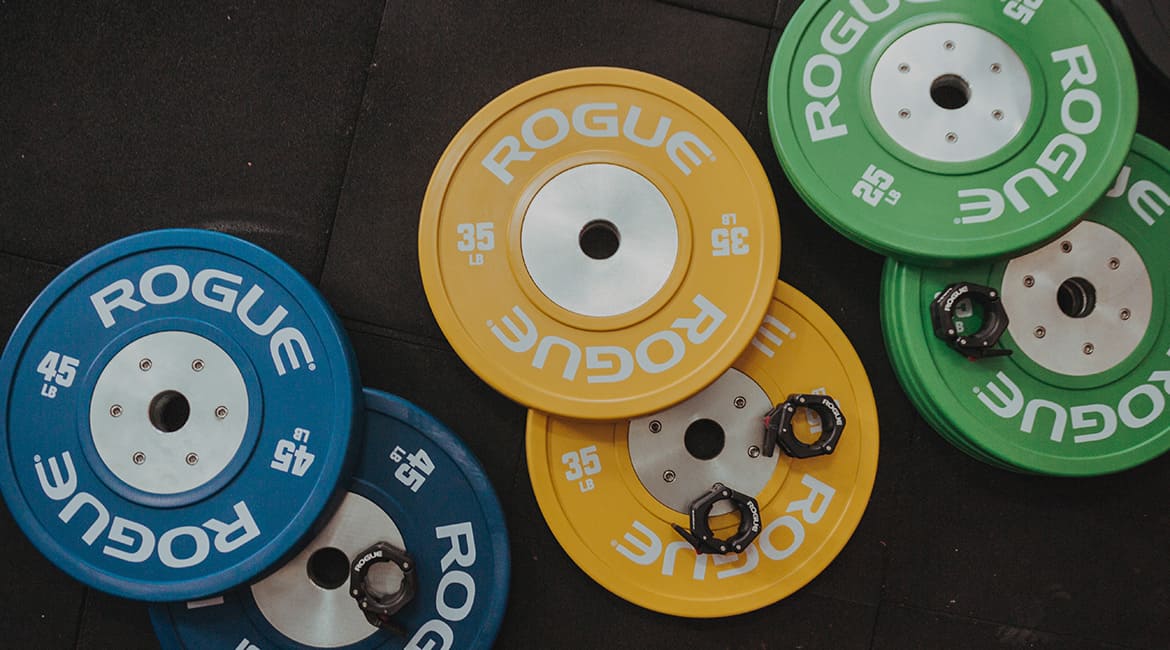
Weight Loss Tips: Part 1 – How to Lose That Holiday Weight Gain
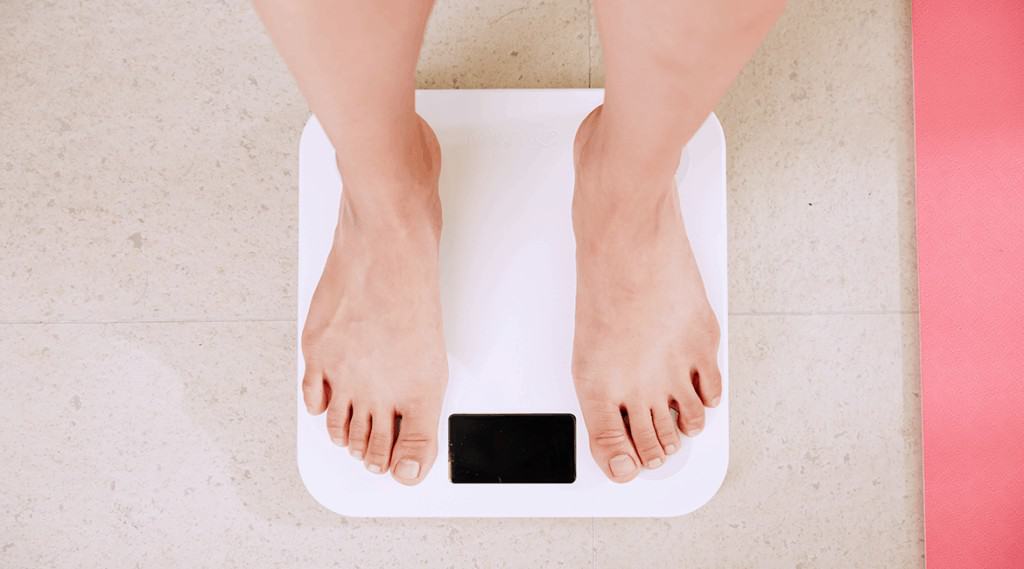
First of all, I would like start by saying Happy New Year! Welcome to 2019, a new year. January is a time for optimism, everyone has goals to be fitter, healthier and better. But before you can start you are probably upset about the weight you gained over the Christmas period. Here are my top weight loss tips – which actually work!
Live life with no regrets. Holidays are a time for indulging, socialising, enjoying alcoholic beverages and little exercise, all of which will add to weight gain. A few weeks or even a few months of indulging won’t do much damage, but if we add years of abuse, that’s when we run into some serious health issues. My guess is that you are reading this because you are motivated to get yourself back on track so let’s start by explaining why people experience gain weight in the first place.
how does weight gain happen?
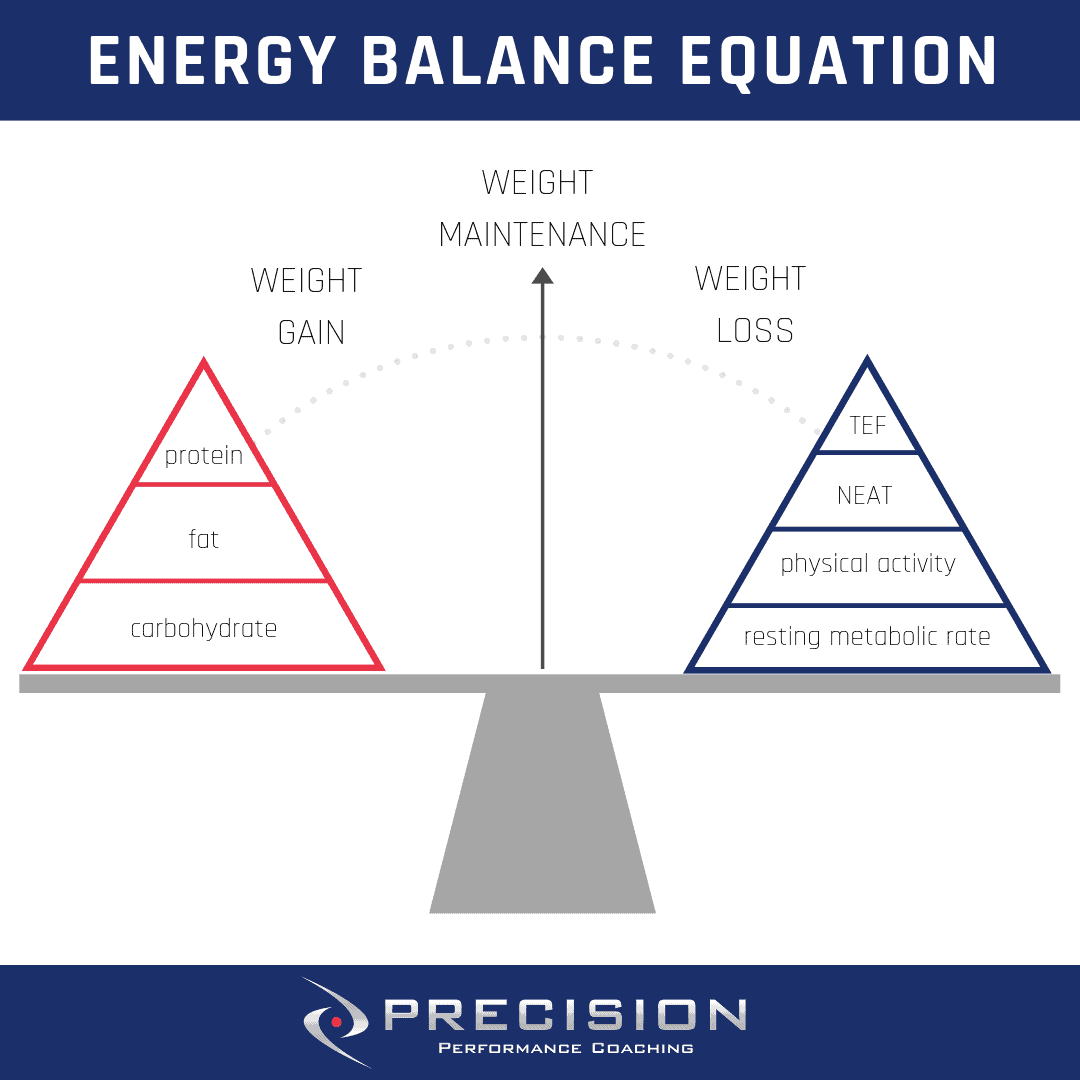
It all comes back to energy balance Let’s start with energy balance. I have a whole article on energy balance and yes, I do keep going back to it because once you understand energy balance, weight loss and weight gain is simple. Energy balance once again refers to energy in vs energy out. Energy in comes from calories in food and energy out from your basal metabolic rate, non-exercise activity thermogenesis (NEAT), the thermic effect of the food you eat (TEF) and physical activity.
When your input of calories is great than your output, you will gain weight, which is what happens over the holidays to most people. Continuous indulging will lead to weight gain especially if you reduce your output. If this persists for months, years or even decades it can also lead to health issues.
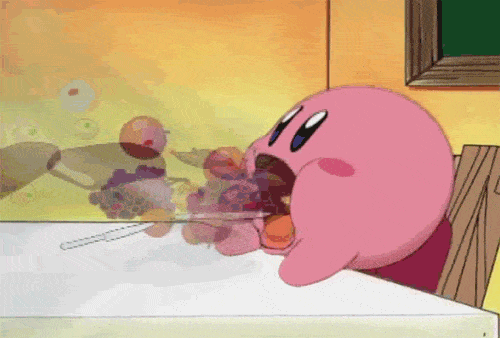
How to lose that weight
Now that you understand why you have gained the holiday weight; the next step is to shift the equation in a way the favours weight loss. By decreasing our intake and increasing output, we can create an energy deficit to lose excess weight.
The most common question I get is “how do I know how much to eat to lose weight?”. This is a great question, but in order to know how much to eat, you need to know how much you are currently eating. Tracking your calories for about 2-3 days will give you a rough idea of the calories you are consuming. I use the MyFitnessPal app which is easy to use free to download. Try to track what you are currently eating. Even if you aren’t 100% accurate it will give you a good starting point. It’s important to get some baseline information – it’s difficult to make improvements on things you don’t measure.
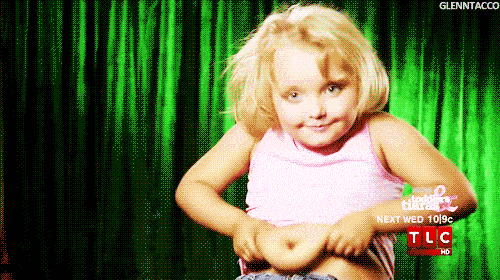
Once you have worked out your calories you have two options:
- Either decrease your calorie intake, or
- Increase your output
I will cover decreasing caloric intake in my next article. Today we’ll talk about increasing energy expenditure by implementing weight training.
1) Weight training for weight loss
Training during weight loss should be about building and keeping muscle. You have heard me say it before, if you don’t create an environment that requires your body to make adaptations, your body won’t change. Have a read of my article on Performance Training for Body Composition to understand why I believe weight training is the most sustainable way to lose weight.
A good way to start a structured exercise program is to train the amount of sessions that fit into your lifestyle and which you can recover from. Don’t decide to do seven days of weights a week if you aren’t currently training at all – it’s too big a change. Implement one thing at a time and be consistent. Adherence plus consistency will give you results.
It’s important to note that weight loss is like a deck of cards. Play one card at a time. If you change to many things at once, it’s hard to understand what’s working.
Weighing yourself every day and working out the average over a week is also a great way to see how you are tracking. If you see a reduction in weight then, success!! You are in a deficit. I say average because everyone’s weight will fluctuate, especially women since they go through menstrual cycles. Working out the average will give you a better indication of how you are progressing.
2) increase your incidental exercise
A structured exercise program was one way to increase your output, another way is to increase your NEAT (non-exercise activity thermogenesis). Think of NEAT as incidental exercise, or just going about your daily activities. Around 15% of your daily calories are burned from just doing your daily activities. Staying active throughout the day, not sitting, keeping busy and being on your feet will help increase your output.
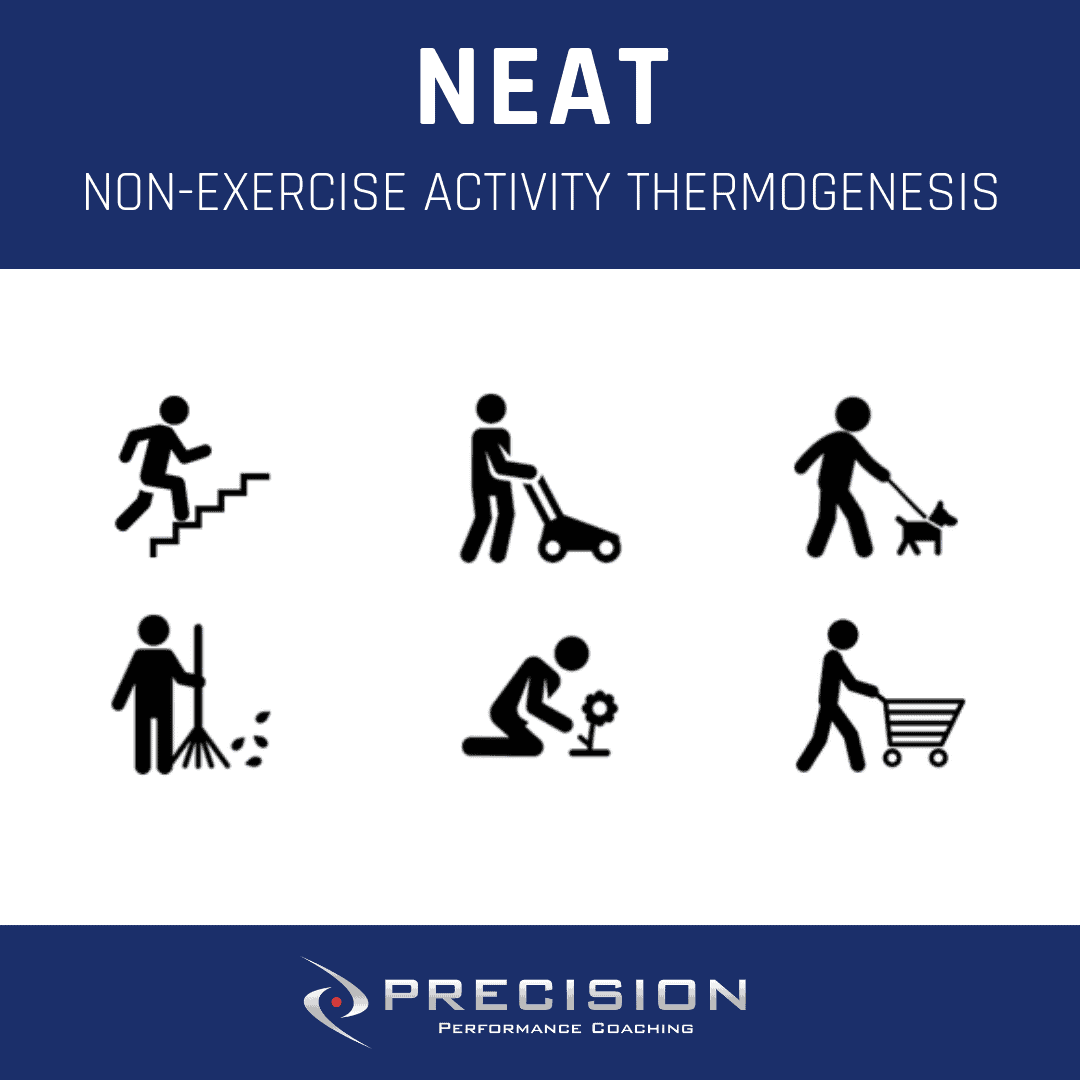
When you start a new exercise program you will often find that you are a bit tired and without you realising, your NEAT actually decreases. This is the body’s way of keeping you at the same weight – it doesn’t want to change! When you are trying to lose fat, monitor your daily steps to make sure you are maintaining your NEAT. Increasing your steps over the weeks will will help increase your energy expenditure.
3) eating for weight loss
One of the most common questions in the world of health and fitness is “what should I eat for weight loss?“. Well, of course the final way to increase your calories out is through the thermic effect of food (TEF). Basically, this is the amount of energy that is required to digest the food that you eat. I’ll save the detail for my next article, but when it comes to food intake 10% of your daily calories are burnt from eating food. Digesting protein requires more energy than the other macro nutrients (carbs and fats) so eating a high protein diet will increase your TEF.
For more information on what to eat for weight loss, check out the part 2 of this post – how to diet for weight loss.
Where do I start?
Are you feeling motivated to lose that holiday weight? If you are, but don’t know where to start get in touch. At Precision Performance Coaching all of our services are tailored to each individual’s goals and needs. We offer both face-to-face and online coaching. For more information check out our personal training and online coaching services page, otherwise feel free to contact us.
Thanks for taking the time to read this article and I hope you got some useful information which you can apply to your training. Thank you for supporting me and taking the time to read my articles. I hope that you really do get something valuable out the articles that I put together. Remember, reading information is only half the battle – implementation is what really matters. Please use the information and tools I’m providing you with, and if you have any issues with application, don’t hesitate to get in touch!
Want a free E-book?
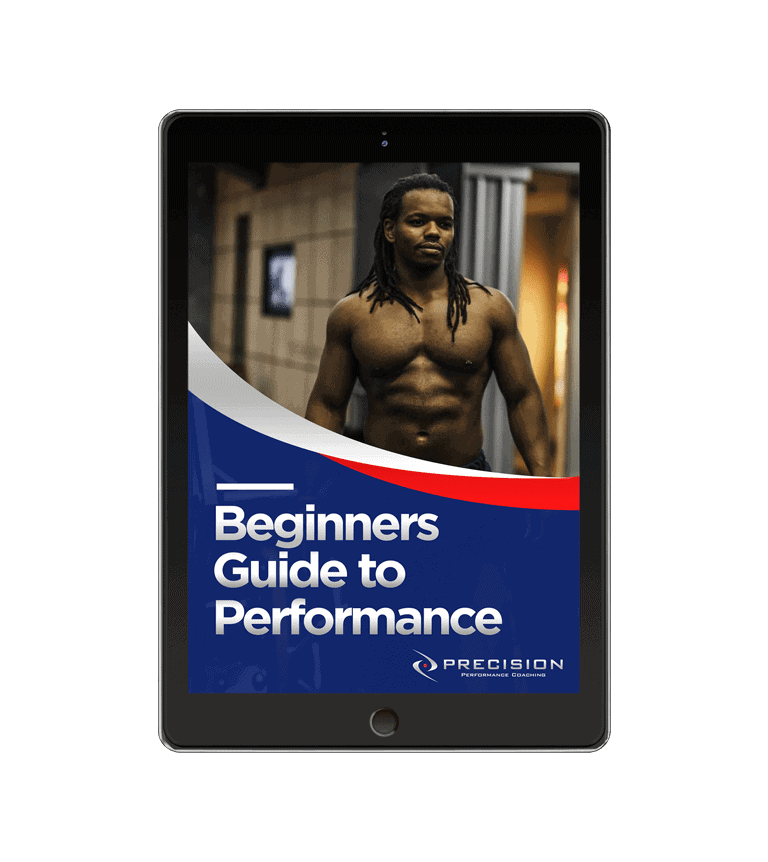
Get your free copy of the Beginners Guide to Performance e-book and start your training journey today!
recent posts
Join Our Mailing List
Sign up and get your free copy of the Beginners Guide to Performance e-book to start your training journey today!
Ready to break through plateaus & get real results?
Contact us now to find out how we can help you take your training and phyique to the next level.

